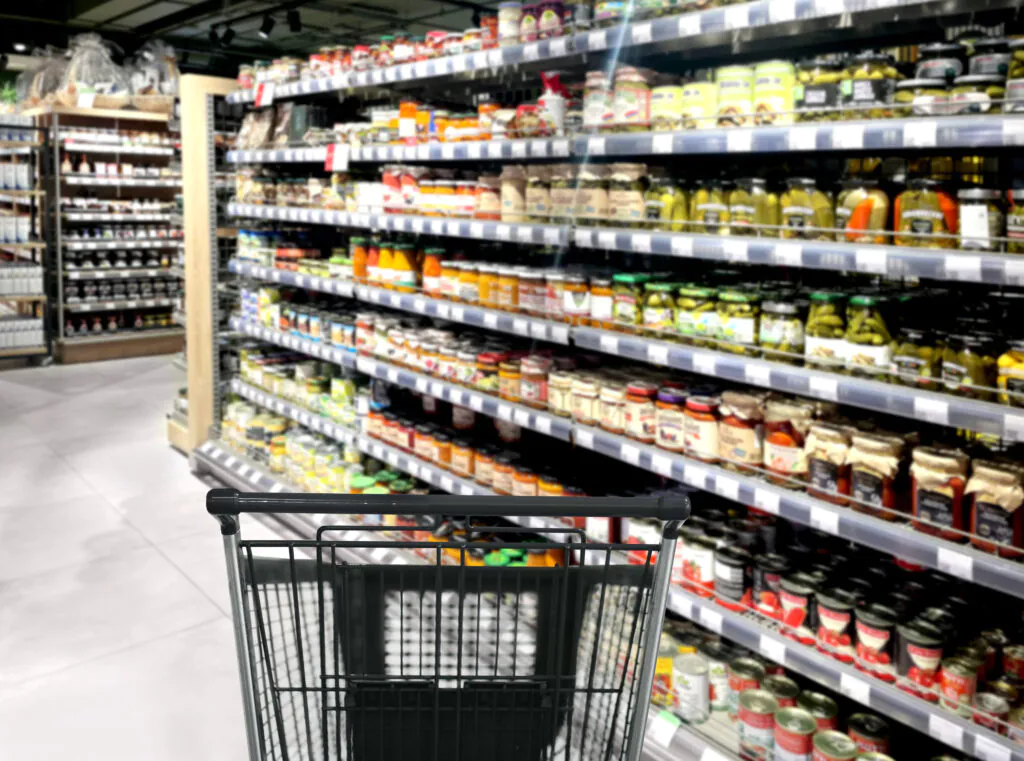Overview
The retail industry faces a myriad of challenges that demand innovative strategies and resilient business models. Rapid technological advancements, shifting consumer expectations, and the rise of e-commerce have dramatically altered the competitive landscape. Retailers must navigate the complexities of omni-channel integration, where seamless customer experiences across both digital and physical platforms are essential for success. Additionally, the growing emphasis on sustainability and ethical sourcing requires companies to rethink their supply chains and operations. Economic fluctuations and inflationary pressures further strain profit margins, necessitating agile pricing strategies and efficient inventory management. The industry also grapples with labor shortages, requiring investment in workforce development and automation. Retailers must leverage data analytics to anticipate market trends and personalize customer interactions, all while safeguarding consumer privacy in an increasingly digital world. To thrive, companies must embrace innovation, adaptability, and a customer-centric approach, turning challenges into opportunities for growth and differentiation.

Top 5 Challenges Facing by Retailers
Retailers today face a dynamic landscape filled with challenges that require strategic adaptation. Here are the top five challenges they encounter:
Omni-channel integration
With the rise of e-commerce, consumers expect seamless shopping experiences across both online and offline platforms. Retailers must synchronize inventory, pricing, and customer service across all channels to meet these expectations, which can be complex and resource intensive
Changing consumer behavior
Shifts in consumer preferences, such as increased demand for personalized experiences, sustainability, and convenience, require retailers to constantly innovate. Adapting to these changes while maintaining brand consistency and profitability is a significant challenge
Supply chain disruptions
Global supply chains are increasingly vulnerable to disruptions caused by factors like geopolitical tensions, pandemics, and natural disasters. Retailers must enhance their supply chain resilience, manage risks, and ensure product availability without inflating costs
Rising operational costs
Inflationary pressures, increasing wages, and higher costs for materials and logistics are squeezing profit margins. Retailers need to find ways to optimize operations, reduce waste, and increase efficiency to remain competitive
Data privacy and cybersecurity
As retailers collect more customer data to personalize experiences and improve operations, they face heightened risks of data breaches and cyberattacks. Protecting customer data while complying with evolving regulations is crucial to maintaining consumer trust and avoiding costly penalties
Strategies to Overcome Retail Challenges
Retailers can employ various strategies to effectively overcome the challenges they face in today’s fast-paced and complex environment:
Enhancing Omni-Channel Integration
Invest in advanced technology platforms that unify inventory management, customer data, and sales channels. Implementing seamless omni-channel experiences ensures that customers can transition between online and offline shopping with ease, improving satisfaction and loyalty
Embracing Data-Driven Decision Making
Leverage data analytics to gain insights into consumer behavior, optimize pricing strategies, and personalize customer interactions. By utilizing AI and machine learning, retailers can predict trends, tailor marketing efforts, and streamline operations for better efficiency and responsiveness
Strengthening Supply Chain Resilience
Develop robust supply chain strategies that include diversifying suppliers, increasing local sourcing, and implementing real-time monitoring systems. Retailers should also invest in technologies like blockchain to enhance transparency and traceability, reducing the risk of disruptions
Optimizing Cost Management
Focus on cost-saving initiatives such as automating routine tasks, optimizing logistics, and implementing energy-efficient practices. Retailers can also renegotiate supplier contracts and explore alternative materials to manage rising costs without compromising quality
Prioritizing Cybersecurity and Data Privacy
Implement strong cybersecurity measures, including encryption, multi-factor authentication, and regular security audits. Retailers should also stay up-to-date with data privacy regulations and ensure that their practices are compliant, building consumer trust through transparent and secure data handling
By adopting these strategies, retailers can not only overcome current challenges but also position themselves for long-term success in an evolving marketplace.
Future Outlook for the Retail Industry
The future outlook for the retail industry is shaped by continuous transformation, driven by technological innovation, evolving consumer preferences, and a heightened focus on sustainability. As retailers increasingly adopt artificial intelligence, machine learning, and automation, they will unlock new levels of efficiency in operations, personalized customer experiences, and inventory management. The rise of digital and mobile commerce will further blur the lines between online and offline shopping, pushing retailers to refine their omni-channel strategies.
Sustainability will remain a key focus, with consumers demanding greater transparency and ethical practices from brands. Retailers that embrace circular economy models, sustainable sourcing, and eco-friendly packaging will likely gain a competitive edge. Additionally, the industry is expected to see a growing emphasis on experiential retail, where in-store environments offer more than just products, creating immersive experiences that strengthen customer engagement.
Global supply chain resilience will become a critical priority as retailers look to mitigate risks from geopolitical tensions, pandemics, and climate change. This will drive investments in local sourcing, digital supply chain solutions, and predictive analytics to better manage demand and inventory.
In terms of consumer behavior, personalization will continue to evolve, with data-driven insights enabling retailers to tailor offerings more precisely to individual preferences. However, this will require balancing personalization with data privacy, as consumers become increasingly vigilant about how their information is used.
Overall, the retail industry is poised for a future where agility, innovation, and sustainability will be the key drivers of success. Retailers that can adapt to these trends while maintaining a strong customer focus will thrive in the ever-changing landscape.
Conclusion
The retail industry is navigating a period of profound change, marked by both challenges and opportunities. To thrive in this evolving landscape, retailers must adopt innovative strategies that address the complexities of omni-channel integration, supply chain disruptions, and rising operational costs. By embracing data-driven decision-making, enhancing cybersecurity, and committing to sustainability, companies can not only overcome current obstacles but also position themselves for future success. Real-world examples, such as Walmart’s omni-channel advancements and Patagonia’s sustainability initiatives, demonstrate the power of strategic adaptation in driving growth and customer loyalty. As consumer behavior continues to shift towards personalization and ethical consumption, retailers that prioritize agility, innovation, and a customer-centric approach will emerge as leaders in the industry. The future of retail lies in the ability to turn challenges into catalysts for transformation, ensuring long-term resilience and competitiveness in a rapidly changing world.
Related Articles
- How We Drove 29% Profit Growth and Record Sales for a Pharmaceutical Company Through Pharma Market Intelligence
- How We Helped a Leading Online Game Developer Navigate and Capitalize on the Growing Virtual Goods Market
- Market Segmentation Helps a Leading Transportation and Logistics Industry Client Refine Their Marketing Strategies



